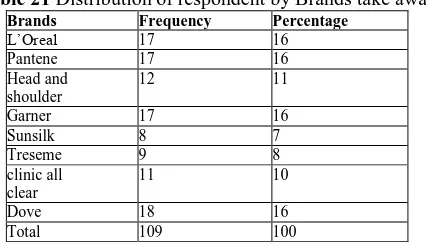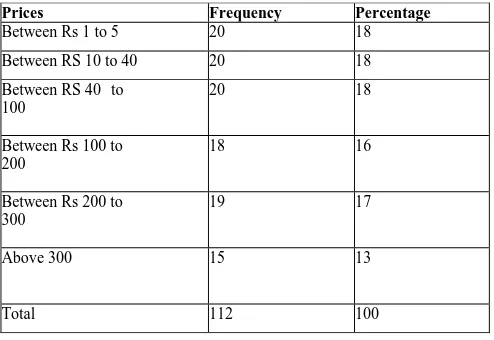A study of factors responsible for purchase decision of consumer with respect to purchase of shampoo
Full text
Figure
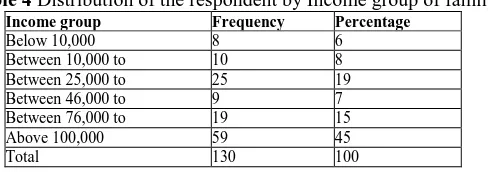
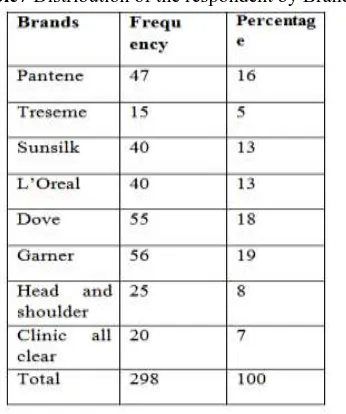
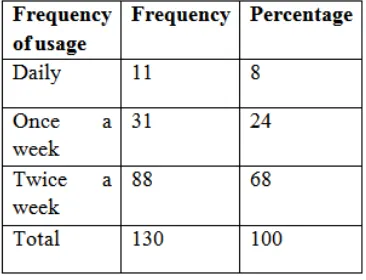

Related documents
The synthesis addresses key security threats to the commercial trucking and bus industries; risk management techniques available to assess potential threats; employee/driver
In contrast to the widely used rule-of-thumb estimates employed in the first-price auction literature, which attempts to provide an optimal bandwidth for the bid density, we provide
7 Adherence to this principle can be seen among rabbis all over the world 8 : The Chief Rabbis of Israel maintain that one is obligated to abide by all the directives of the
Relationships among pretreatment patient motivation, treatment process elements, a cognitive-based treatment strategy, retention, and drug use outcomes were estimated using
All products and/or materials used must be installed per manufacturer’s specifications or requirements for industry standards and recommendations of accepted
Objetivo: Caracterização das espécies de Candida, na flora oral de crianças infectadas pelo HIV-1, identificadas antes e após a introdução da terapêutica com inibidores
З’ясовано, що для повноцінної регуляції експресії гену GSH2 у відповідь на кадмієвий та оксидативний стрес необхідна довжина промотору GSH2 більша за 450 п.н.. від почат-
(4) An employer, having given due advance notice to terminate employment and not having exercised the option provided in subsection (2), shall be discharged forthwith of

